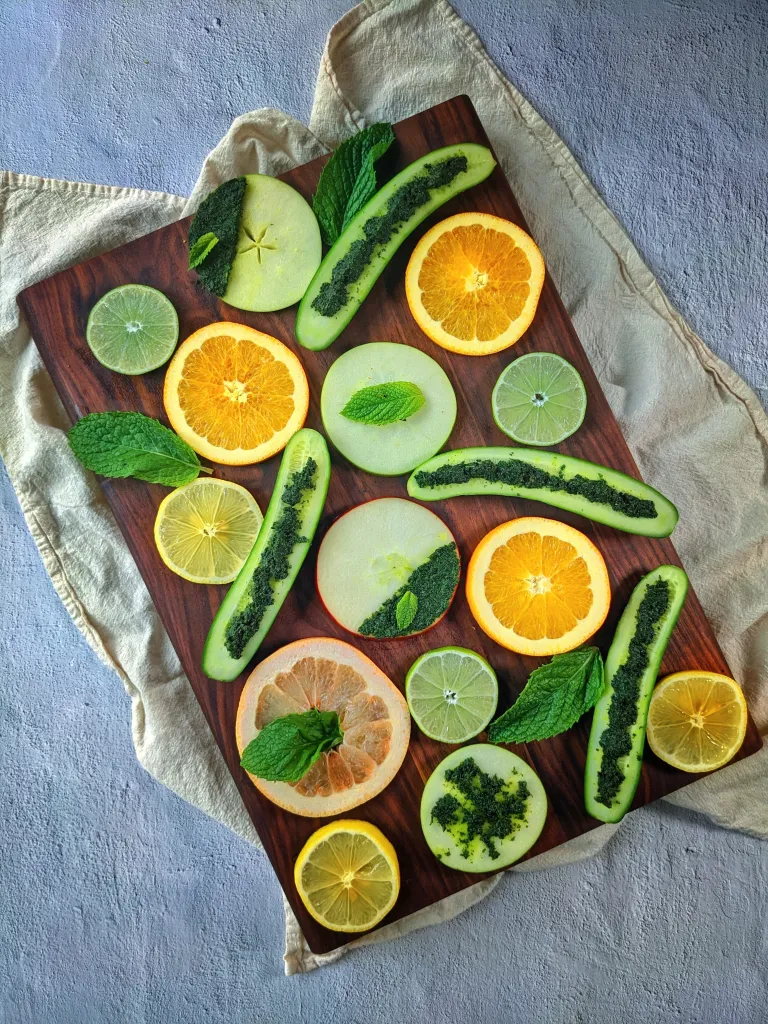D IS FOR DELAL
By:
March 11, 2023
An installment in CONDIMENT ABECEDARIUM, an apophenic food-history series from HILOBROW friend Tom Nealon, author of the seminal book Food Fights and Culture Wars: A Secret History of Taste (2016 UK; 2017 US); and also — here at HILOBROW — the popular series STUFFED (2014–2020) and DE CONDIMENTIS (2010–2012).
CONDIMENT ABECEDARIUM: SERIES INTRODUCTION | AIOLI / ANCHOVIES | BANANA KETCHUP / BALSAMIC VINEGAR | CHIMICHURRI / CAMELINE SAUCE | DELAL / DIP | ENCURTIDO / EXTRACT OF MEAT | FURIKAKE / FINA’DENNE’ | GREEN CHILE / GARUM | HOT HONEY / HORSERADISH | INAMONA / ICE | JALAPEÑO / JIMMIES | KECAP MANIS / KIMCHI | LJUTENICA / LEMON | MONKEY GLAND SAUCE / MURRI | NƯỚC CHẤM / NUTELLA | OLIVE OIL / OXYGALA | PIKLIZ / PYLSUSINNEP SAUCE | QIZHA / QUESO | RED-EYE GRAVY / RANCH DRESSING | SAMBAL / SAUERKRAUT | TZATZIKI / TARTAR SAUCE | UMEBOSHI / UNAGI SAUCE | VEGEMITE / VERJUS | WHITE GRAVY / WOW-WOW SAUCE | XO SAUCE / XNIPEK | YOGHURT / YEMA | ZHOUG / ZA’ATAR | GOOD-BYE TO ALL TZAT(ZIKI).

When we think about condiments we tend to think of: commercial products, the grocery condiment aisle, things in jars with labels. This isn’t condiments’ fault, just capitalism’s imperative to take all of humanity’s best ideas, mass-produce them, ruin them just a little, and then sell them back to us. As convenient as it is to have these store-bought condiments to choose from, let’s remember that they used to exist for reasons outside of supermarkets and convenience and shelf stability.
A great example is the Iranian salted herbs mixture delal (sometimes transliterated as derar, dalal) which is made from herbs from Northern Iran (cilantro, mint, khalvash, chochagh), plus salt from the Caspian Sea. (Khalvash and chochagh are hard to find, so people outside the region usually use dried — or substitute other herbs like basil or parsley — but there are lots of individual versions). Use roughly ¼ the weight of salt to the weight of the herbs. It is used on fruits and vegetables (kumquats, oranges, cucumbers), mixed with yoghurt, or used to season stews. Mix in a mortar and store in a jar in the refrigerator and it should last until next year’s herbs return. When preparing, just add a bit of water until the salt and the herbs merge into a paste. Salting has a different quality to fermentation or other methods of preservation — it stops time but leaves that imprint of freshness. You can see it, harkening back to A, with the difference between salted anchovies and the oil-packed variety.
Québec has a somewhat similar condiment called herbes salées, though it is usually made with some vegetables (carrot, leek, chive, onion) that make it wetter and a little more finicky (it will need to sit for a couple weeks and have the excess liquid drained).
Salted herbs are a manifestation of a place, an album in salt and leaves — and a reminder that even during yet another March that gestures at Spring but only delivers more Winter, green is out there somewhere.

People have been dipping food in things since just after they invented food and then things. People dipped things, often, but the things they dipped them into? Was it “dip”? Then, in 1952, Lipton introduced dried onion soup mix and… well, initially nothing happened beyond people making, presumably, some soup. However, two years later a shadowy, still unidentified figure combined soup mix with sour cream and the world was changed forever.
It happened during a golden age for this sort of food — convenient, mass-produced, sort of scientific. For a five-year period, from 1957–1962, 75% of all meals in the USA included cream of mushroom soup, cornflakes, Jello, or onion soup mix. The longevity of onion soup mix is remarkable, though, and it’s because it is the apotheosis — even if the half-ruined, ultra-commercialized apotheosis — of a long history of dried soup.

Lipton’s mix arrived at the end of a long period of innovation in portable soups. People had been messing around with the idea of dehydrating soup so that it could be carried easier for almost as long as they had been dipping things. (People, in this case, mostly being people who were interested in moving soldiers from here to there without all that pesky food.) It had come into its own during the 18th and 19th centuries after advances by Count Rumford (a soup/stove inventor who was like a Tory version of Benjamin Franklin), Justus Liebig (who invented those jars of goo made of cooked-down cows that led to the beef drink Bovril), and Julius Maggi (who invented the bouillon cube. To complete this century of dried-up flavor, in 1908 Ikeda Kikunae isolated MSG — which itself is a component of onion soup mix.
Its popularity made it the intrepid leader of the age of dip: cheese dip, ranch dip, queso, clam dip, artichoke dip. It shepherded us through the fondue years, the pimento cheese fiasco, the remoulade incident, and brought us to the years of hummus and 7-layer dip. Watched, concerned, as TGI Friday’s tempted fate with 9-layer dip. In retrospect it was really all borrowed time once salsa got so popular,
so even onion soup dip couldn’t save us when, in a blaze of hubris after the fall of the Berlin Wall, someone invented 11-layer dip and the whole dip thing crashed and burned. The dip, as they say, was up.
Still it was a helluva run and dip really does still make a nice snack. Try it with smetana or crème fraiche instead of our often suspiciously wet and shiny local sour cream.
TOM NEALON at HILOBROW: CONDIMENT ABECEDARIUM series | STUFFED series | DE CONDIMENTIS series | SALSA MAHONESA AND THE SEVEN YEARS WAR | & much more. You can find Tom’s book Food Fights & Culture Wars here.
